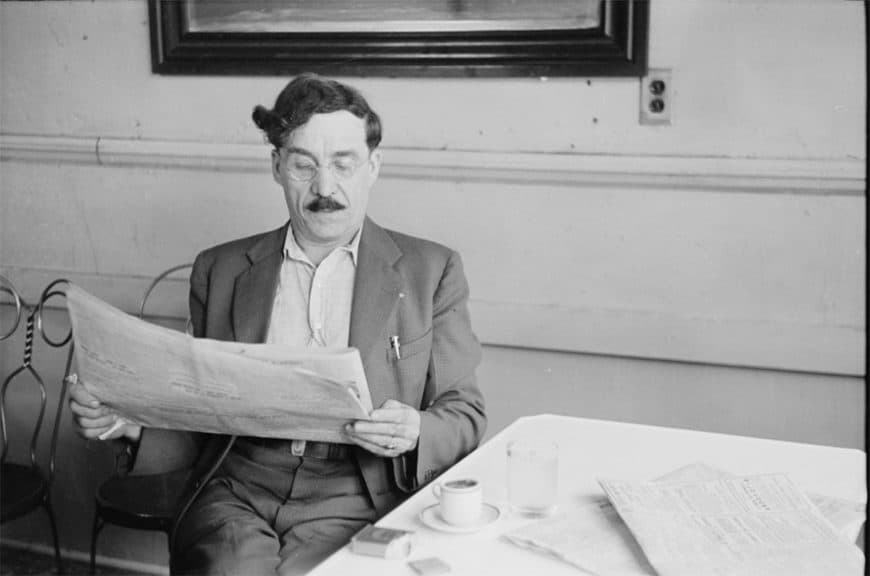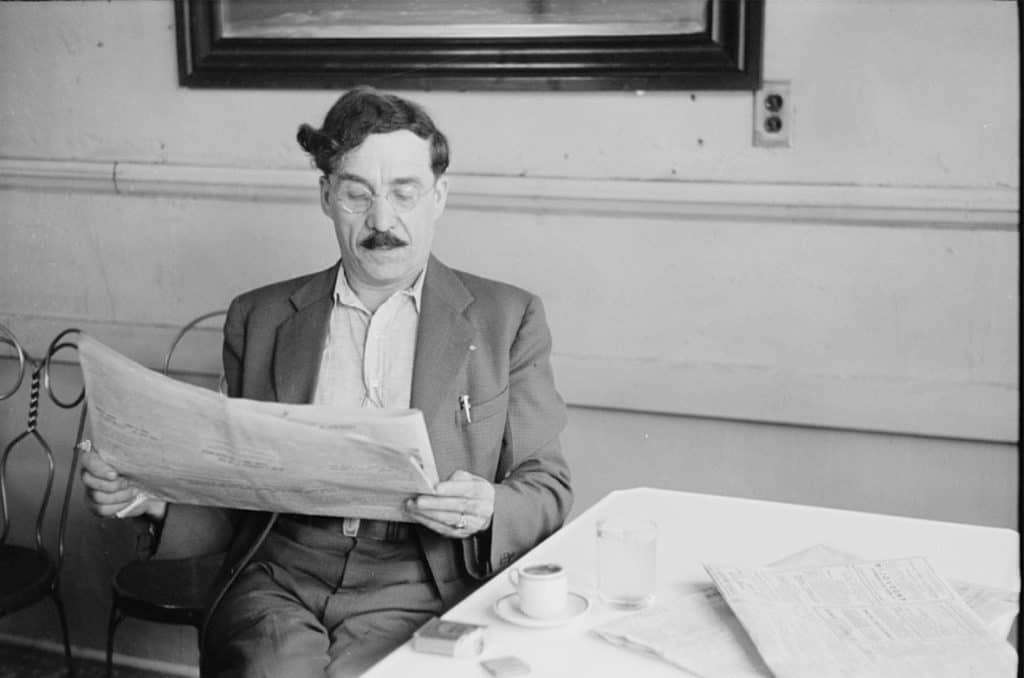
The definition of a coffee house, cafe, or coffee shop is an establishment that primarily serves coffee. Coffee shops and coffee house history and culture can be traced back all the way to the 1500’s in the Middle East. Initially, they were used as a place to meet and to drink something that they considered, at the time, unusual.
You’ll find that while the world has completely changed since then, people now hang out at coffee houses to pass the time the same way we spend afternoons just sitting down at our favorite table sipping our favorite drink.
In this article, we take a quick look at the history of coffee houses, what they were like, and how they’ve changed (or haven’t). Read on to learn more.
The Local Coffee House
We all love going to our local coffee house. It’s always nice seeing your regular barista, asking for your usual order, and sitting down with a cup of joe and maybe a bagel before starting the day. But did you know the history of the coffee shop goes way back? Yes, even before sitcoms, like the show friends, made them a cultural phenomenon.
In different areas of the world, you might find coffee houses with varying menus. For, example, some coffee shops will serve cold drinks like iced tea, while others will serve pastries and snacks, and some continental coffee shops in Europe even serve some alcoholic drinks.
However, what makes them the same is the fact that they mainly serve coffee based drinks that are hot, and offer you a place to sit down and drink your coffee, relax, and have a quality conversation with friends and family.
History Of The Coffee House
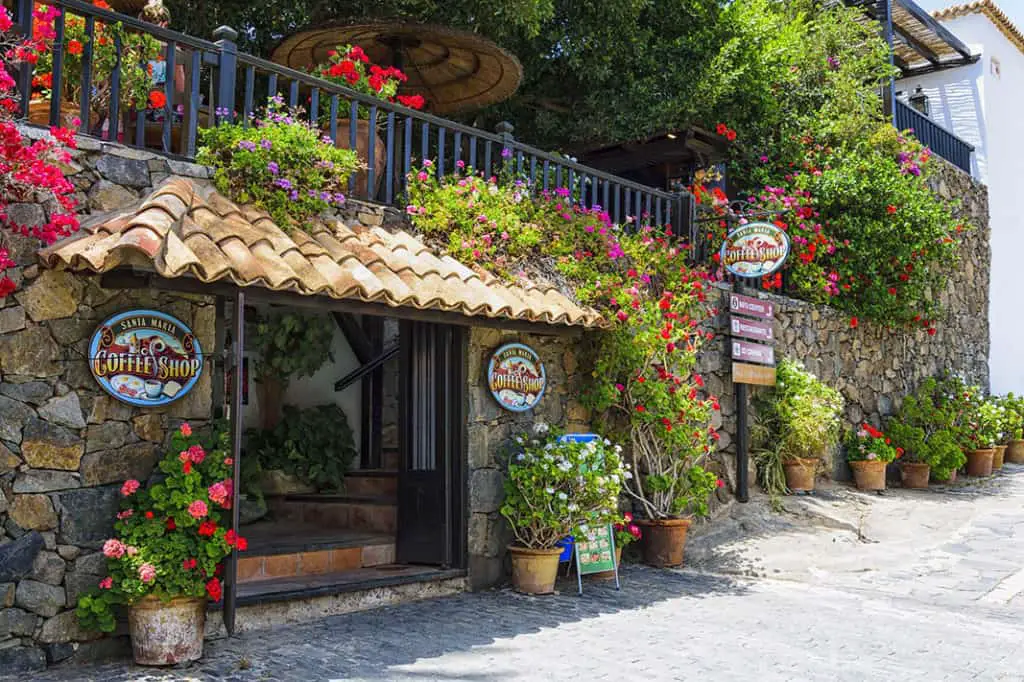
As we said earlier, coffee houses started in the Middle East in the 1500s. It can’t be said with one hundred percent assurance where the first one opened and when, but documents show that these establishments first opened in Mecca either in the late 1400s or early 1500s. Coffee houses were in fact common enough by 1512 that coffee houses and coffee were banned by imams at the time.
This is mainly due to the fact that coffee houses were usually a place where people would sit down and discuss politics, and these conversations didn’t always praise those in power and actually questioned their authority (but we’ll discuss that later).
From Mecca, coffee houses found their way to Vienna in 1529, Damascus in 1534, and Constantinople in 1555. It did not take long for these hangout spots to spread as they served as a great place for people to voice out certain thoughts in a social setting and have intelligent conversation and discourse.
By 1652, England began establishing coffee houses in various areas around the country. This was a great century for England, especially from a culinary perspective as it was the century when chocolate, tea, and coffee were all introduced to the population’s palette.
In less than fifty years, by 1700, there were 1,000 to 8,000 coffee houses all throughout England.
What Was A Coffee House Like?
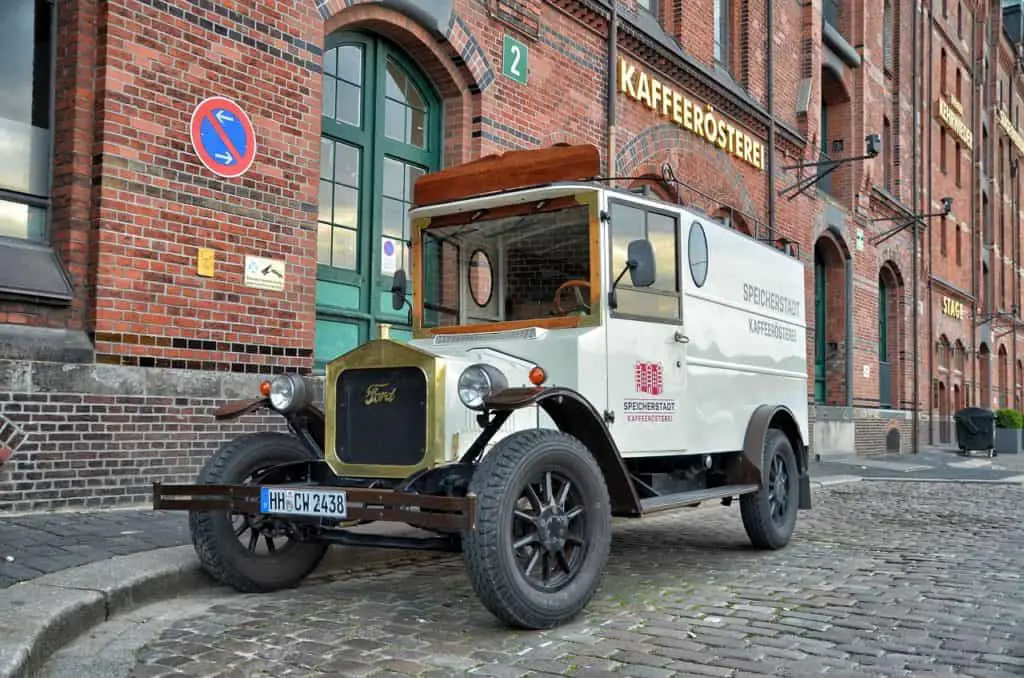
A coffee house in Mecca in the 1500s will obviously be different from one in London in 1684, which will be much different from the cafe you go to on Monday mornings before work.
But while the aesthetic and atmosphere of these establishments have definitely undergone a lot of change, you’ll actually find that coffee houses at the time had a fair amount of similarities to modern cafes.
A French traveler named Jean Chardin in the 17th century was one of the first Europeans to document what it was like in the original coffee houses of the Middle East.
Coffee houses were described as places for news, where one could go to have political discussions and be updated on current events , play “innocent” games (which just meant that they weren’t gambling), tell stories with friends, and preaching “mollla” which are simply moral teachings. These establishments were also described as hectic, with all of these things going on simultaneously.
This description sounds more like a bar than a cafe, but you can easily see where the similarities lie. However, English Coffee Houses in the 17th century were much closer to our coffee shops now. Back then, people would mostly hang out at only taverns or coffee shops.
This is because not a lot of water was potable at the time, so one would have to drink ales at taverns, and that would lead to people getting intoxicated because of the alcohol. This obviously resulted in an intoxicated, rowdy, and sometimes hard-to-handle public.
Coffee houses at the time existed as the opposite of taverns. Boiling the water like one has to do for coffee and tea kills a lot of the bacteria, therefore making it potable without the alcohol that gets you drunk.
Coffee houses at the time became famous as places of sobriety, where people could have intelligent conversations, while also grabbing a tasty and alcohol free drink. Usually, men would find themselves spending entire afternoons at coffee shops for only a penny’s price.
Notably, women weren’t allowed in these coffee shops and were only allowed in if they worked there or owned the establishment, which is where the “Women’s Petition Against Coffee” began.
This is obviously something that shouldn’t be done and would never happen today, but it must be understood too that it was a different time back then.
Much Has Changed But Tradition Remains
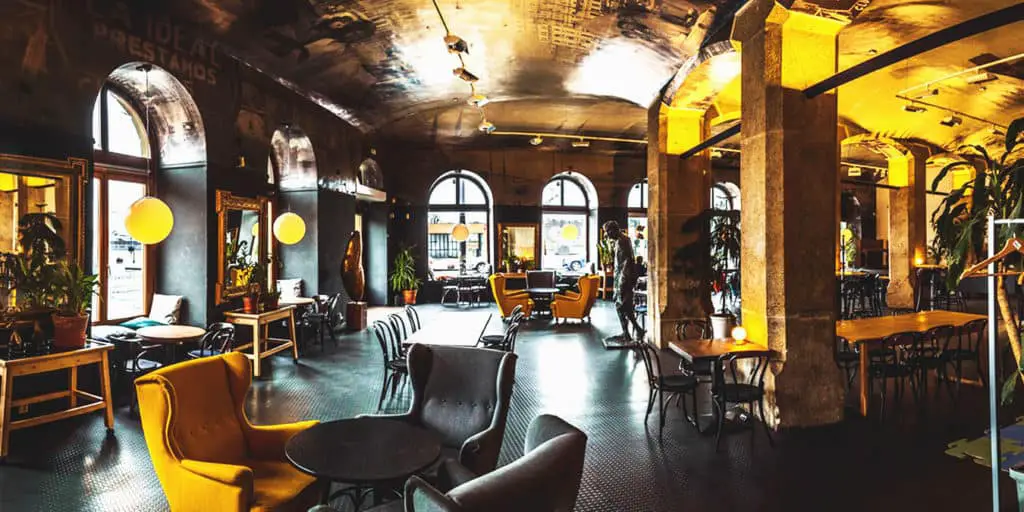
Coffee houses back then really aren’t too far off from the ones we have today. One very noticeable difference would probably be how everyone can now go into a coffee house and enjoy a cup of coffee and spend entire days just sitting down. This is obviously something that should have always been allowed, but hindsight is always 20/20.
While the environment has changed a lot, coffee shops have really remained the same throughout the centuries. Up until today, you’ll find multiple groups in your local cafe discussing current events, telling stories, getting updated on the news (granted, we use phones for that today and don’t rely on other people to relay the information to us, but we still go to cafes to sit down and read the news on our phone). or even just sitting down and watching the day go by.
Final Thoughts
Coffee houses are now a worldwide presence, as is coffee. So now that you know the history of the coffee house, you now have something new to tell your friends while you guys are hanging out at the cafe around the block, collectively watching the afternoon go by and having a great time.
Learn more about the history of coffee and how it has affected our world,

